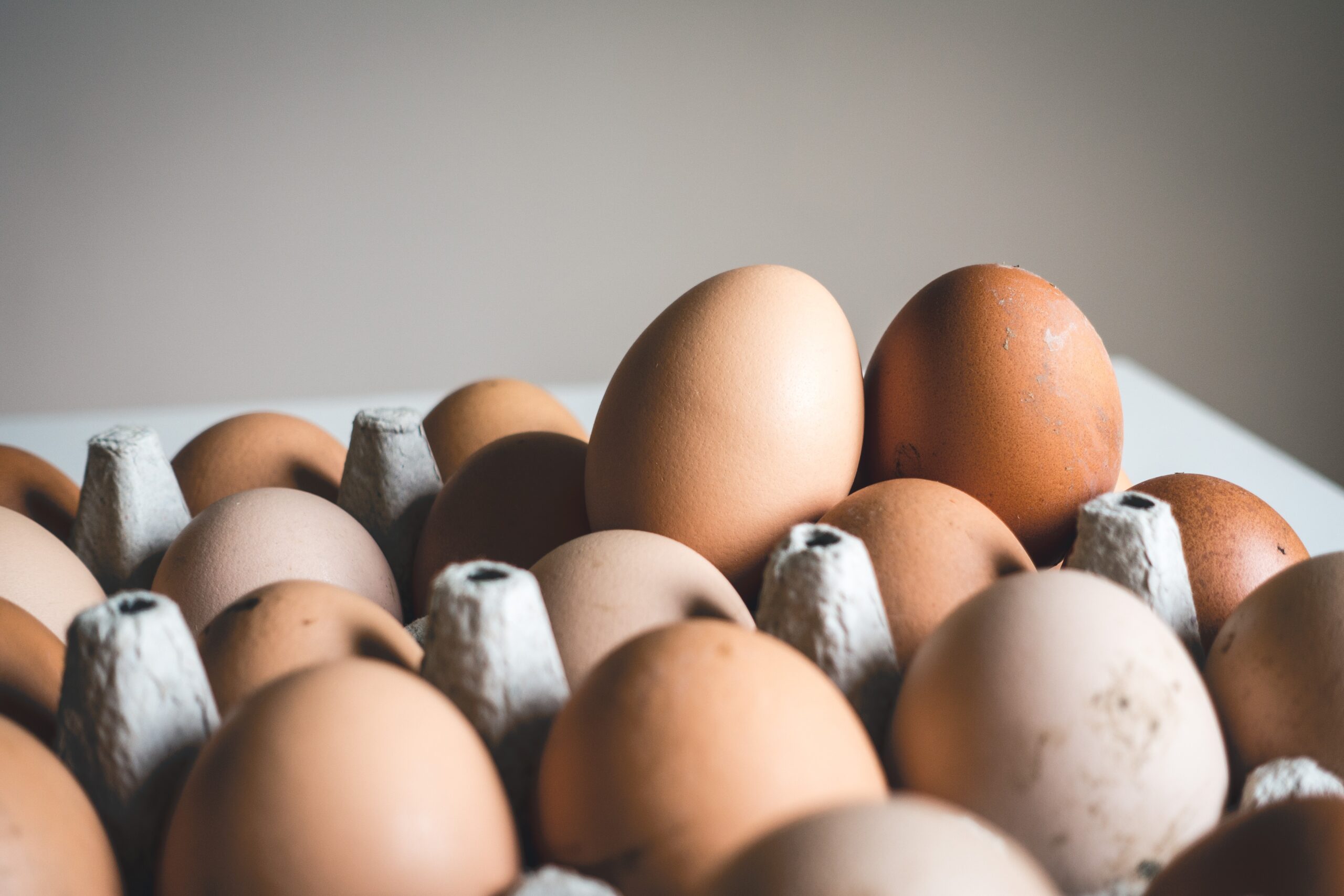Turmeric (Curcuma longa) is one of my favorite Indian spices. It’s vibrant color is unmistakable in curries, rice dishes, and Golden Milk. Turmeric is a rhizome (root) that is related to ginger (hence the down and dirty).
Because turmeric grows underground it is important to know where it comes from as heavy metal contamination is a real possibility (ie. lead, cadmium and arsenic) with the whole root (less so with extracts).

The color of turmeric comes from a compound called curcumin which is an antioxidant and anti-inflammatory. When you look at various brands of turmeric in the store you may notice color variation (ie. various shades of vibrant orange yellow). The color variation can occur because of seasonal and climate variations as well as how the powder is prepared (often boiled to “set” the color).
Curcumin is poorly absorbed so it is best to make sure that fat is consumed at the same time (think delicious curry with coconut milk or any dish using turmeric just add some ghee). Another way to get more curcumin from the turmeric you consume is to have it along with black pepper. Many supplements now have a black pepper extract included (piperine) which inhibits metabolism of curcumin making it more bioavailable. If you have fresh ground black pepper about 1/4 of a tsp provides 10-35 mg of piperine (which is more than many supplements). Heat (such as cooking) can also decrease the amount of curcumin found in turmeric.

Many people are now taking curcumin supplements as this is believed to be the most active anti-inflammatory molecule in turmeric. The mechanism of action may be similar to non-steroidal anti-inflammatory drugs (potentially inhibiting COX-2). Manufacturers are coming up with many clever ways to increase absorption of curcumin supplements including proprietary phytosomal phosphatidylcholine enriched soy lecithin, hydrophilic carriers and even using nanoparticles. The claims are that these formulations increase absorption 4-20 fold or more, but studies are not conclusive as to the benefit of using curcumin extract.
I have concerns about using curcumin extract at high doses long term. I have heard Dr. Low Dog say before that turmeric has been used for centuries, however it’s important that we realize curcumin has not been used in this way before so safety can not be inferred from historical use. Because of this I would like to see more studies on long term safety and effectiveness of curcumin supplements.
I strongly believe that plants have innate wisdom and just because one component of something has been identified that is likely to be beneficial (and is able to be sold) doesn’t mean that everything else in the whole plant is useless. Many of the reported health benefits are observed from people who are consuming it in its whole form as part of their regular diet.
When looking at research on turmeric and curcumin it’s very important to pay attention to which form (turmeric or curcumin) is used as well as if it was given with a fat containing meal (or not, many studies do not give with fat), and if they’re using a formulation that has had the bioavailability enhanced. These factors all play into determining dosing recommendations based on intended treatment.
A typical dose of curcumin extract is 500-2000mg (up to 95% of which is standardized as curcuminoids). Turmeric powder contains about 3% curcuminoids naturally (see why I’m concerned?) and a typical dose is up to 5000 mg (3,000-12,000 mg studied) of turmeric powder (150mg of curcumin).
My suggestion is that if you are interested in the medicinal benefits of turmeric or curcumin-let food be your medicine… purchase a good quality turmeric powder (this is the one I use, I LOVE Mountain Rose Herbs) and find ways to incorporate at least a teaspoonful into your diet daily (with fat and black pepper). One of my favorite ways to do this is to make golden milk (recipe coming soon!).

A few cautions: Black pepper as well as turmeric and curcumin do have drug interactions, always check with your medical provider first. Safety has not been evaluated in pregnancy, lactation, or children. Curcumin binds to iron, so if iron is low make sure to avoid supplementing with curcumin within 3 hours of a meal or supplement containing iron. Turmeric does stimulate the gallbladder to contract and release bile, this can cause pain if you have gallstones (but does not cause stone formation). Turmeric contains oxalate which can contribute to calcium oxalate kidney stones. If you’re prone to kidney stones use caution. There are formulations available that do not contain oxalate.
I hope that you will consider finding ways to enjoy turmeric in your diet. It is a great way to add vibrant color and warmth and you receive the added benefit of potentially reducing inflammation! Enjoy!



That is quite fascinating. I have been adding turmeric powder to my chai, but was unaware of the iron issue. How would I know if I an deficient in iron?
Good stuff! Thanks Amy!
Thanks Becky! I’m so glad you found it fascinating! Iron deficiency can show up in a number of ways including tiredness, weakness, cold hands/feet etc. but the easiest way to know if you suspect iron deficiency is to ask your provider to do blood work.